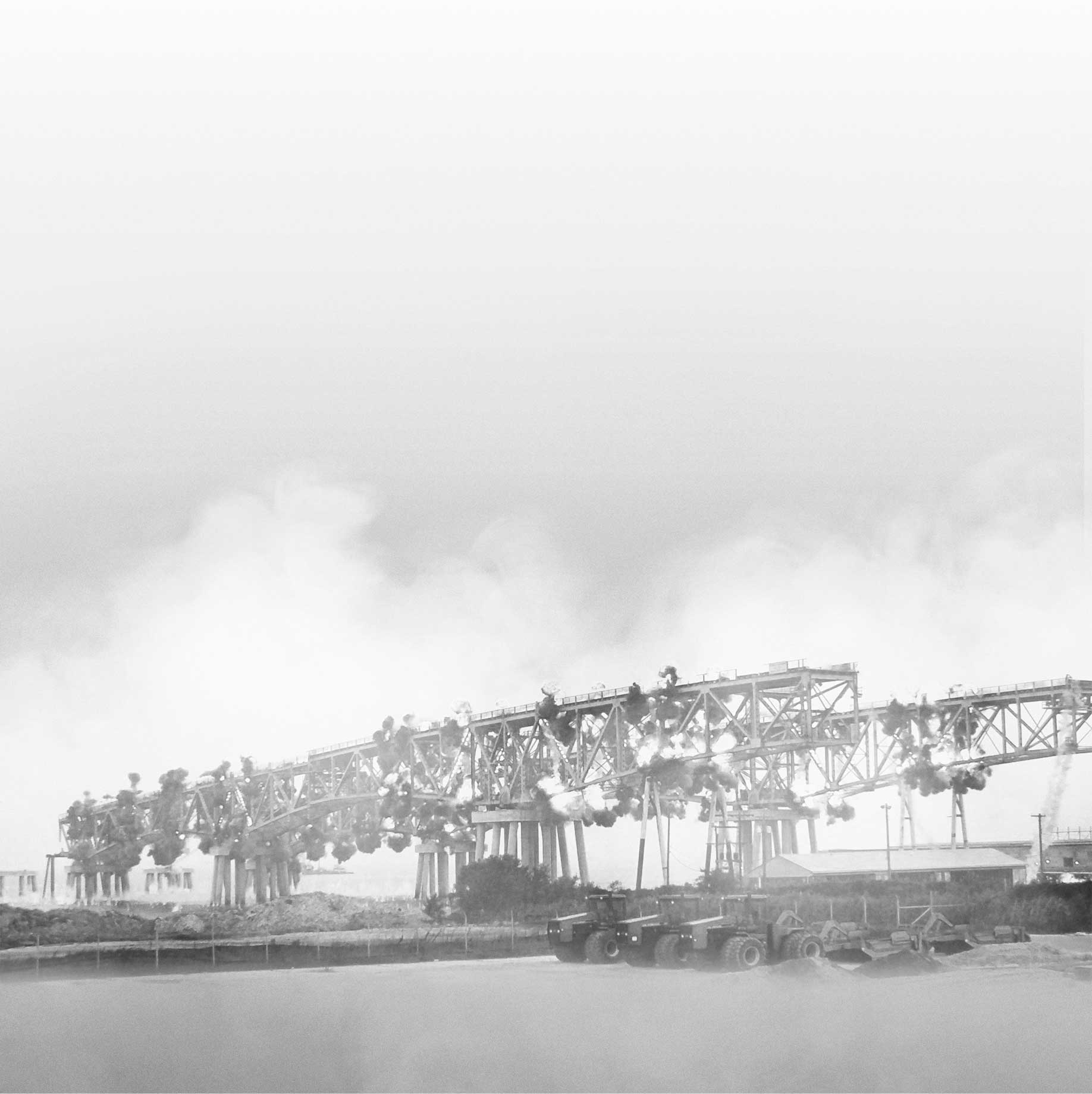ASARCO Chimney

THE PROJECT
ENGINEERING NEWS RECORD: JULY 5, 1993 – “100,000 WATCH THE END OF TACOMA STACK”
When Huntington Station, NY-based Invirex Demolition, working with NADC member Controlled Demolition, Inc., brought down the famous ASARCO stack in the Pacific Northwest, they made a lot of people happy. First, over 100,000 people, who had waited over 2 and a half hours to watch the 76-year old stack fall were treated to a great show. Next, the EPA was happy to see the start of ASARCO’s three-year effort to clean up the Tacoma, WA site. Finally, the folks at ASARCO were happy to see a long-standing problem disappear.
Built in 1917, ASARCO’s original stack was 571’ tall, then the tallest in the world. In its heyday, the smelter produced more than 10,000 tons of copper a month and employed 1,700 people. But earthquakes and years of dedicated service took its toll.
After an earthquake damaged the top of the stack in 1937, the chimney was lowered to 562’. Also, beginning in the 1930’s, 138 iron bands were wrapped around the stack to keep bricks in place and a rebar mesh was placed over the top 140’ to further reinforce the structure. On the day of the demolition, the top of the stack bulged noticeably and was out of plumb approximately 8’.
Because the smelter sent extremely hot fumes through the stack expansion and contraction of the bricks resulted in extensive cracking of the chimney. Consequently, Invirex and CDI had to plan for an implosion which would maintain the integrity of the stack as it came down. Using 450 lb. of nitroglycerine-based dynamite, loaded into horizontal bore holes drilled into the lower 50’ of the stack, CDI rotated the structure approximately five degrees out of the vertical plane in the direction of fall, then telescoped the entire chimney in a southerly direction so it landed in a receptacle created for the debris. Once the charges were set off, the total collapse took less than 8 seconds.
The total debris pile consisted of about 2.5 million bricks, 28 tons of mortar and over 5,300 yards of concrete. Eight seconds of spectacle took months to prepared for. Working closely with ASARCO, Invirex and CDI had to plan for site preparation, health & safety training, vibration control, coordination with local government agencies, security, and disposal. The project had to be evaluated and approved by the EPA. The remaining debris had to be evaluated to determine whether it would qualify for normal disposal or needed to be placed in a hazardous waste facility.

